Succession Planning & Career Pathing: A Strategic Move for Uncertain Times
In times of financial uncertainty, companies often face the tough decision of where to cut costs and where to invest. While immediate reductions in spending might seem like the most viable solution, it's crucial for organizations to take a long-term view, particularly when it comes to their most valuable asset: their employees. Investing in succession planning and career pathing during financial troubles can not only stabilize the workforce but also position the company for future success. Here's why:
1. Retaining Top Talent
Financial difficulties can cause anxiety and uncertainty among employees, leading to increased turnover. By implementing robust succession planning and career pathing strategies, companies can provide a clear vision for employees’ future within the organization. This assurance helps in retaining top talent who might otherwise seek stability elsewhere. Knowing there is a structured plan for their growth and advancement keeps employees engaged and loyal, reducing turnover costs and maintaining institutional knowledge.
2. Enhancing Employee Morale and Productivity
When employees see that their company is committed to their development, even during tough times, it fosters a sense of value and appreciation. Career pathing provides employees with a roadmap to their career advancement, motivating them to perform better and stay productive. High morale and productivity are especially important during financial downturns, as a motivated workforce can drive the company through challenging periods with innovative solutions and a positive attitude.
3. Building a Resilient Leadership Pipeline
Succession planning ensures that critical roles within the company are always filled by competent individuals. During financial trouble, the loss of key leaders can be particularly damaging. Having a succession plan means there are ready and capable individuals prepared to step into leadership roles, ensuring continuity and stability. This readiness helps the company navigate through financial turbulence with steady leadership, making strategic decisions that can mitigate the impact of economic challenges.
4. Cost-Effective Talent Management
Hiring externally during financial downturns can be costly and risky. Succession planning and career pathing enable companies to develop and promote internal talent, which is often more cost-effective. Internal candidates are already familiar with the company culture and processes, reducing the onboarding time and costs. Moreover, promoting from within boosts morale across the organization, as employees see tangible evidence of career advancement opportunities.
5. Strategic Alignment with Long-Term Goals
Investing in succession planning and career pathing aligns the workforce with the company's long-term strategic goals. It ensures that employees' skills and career aspirations are in sync with the company's future needs. This strategic alignment is crucial during financial troubles as it prepares the organization to capitalize on opportunities when the economic situation improves. It ensures that the company has the right talent in place to drive growth and innovation in the future.
6. Mitigating Risks and Ensuring Business Continuity
Financial troubles often bring uncertainties that can disrupt business operations. A well-executed succession plan identifies potential gaps and prepares the organization to handle unexpected departures or retirements. By ensuring that key roles are always covered, companies can mitigate risks associated with sudden changes in personnel. This continuity is essential for maintaining client trust and operational stability during volatile times.
Conclusion
While it might seem counterintuitive to invest in succession planning and career pathing during financial trouble, the benefits far outweigh the costs. By focusing on the development and retention of talent, companies can navigate through financial difficulties with a motivated and prepared workforce. This strategic investment not only helps in weathering the storm but also positions the company for accelerated growth and success when the economic climate improves. In essence, building a resilient and engaged workforce through succession planning and career pathing is a smart move that pays dividends in both the short and long term.

